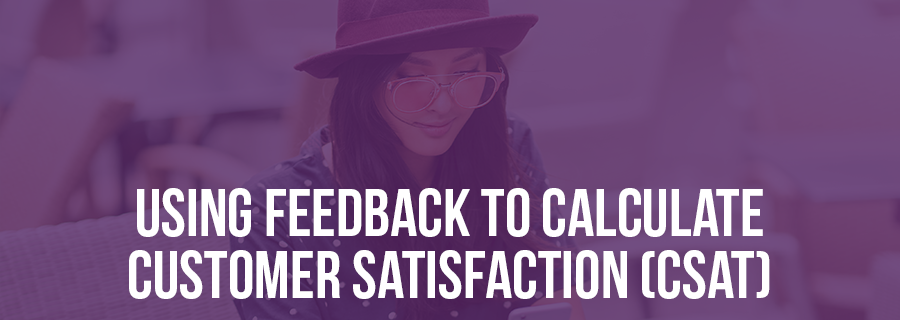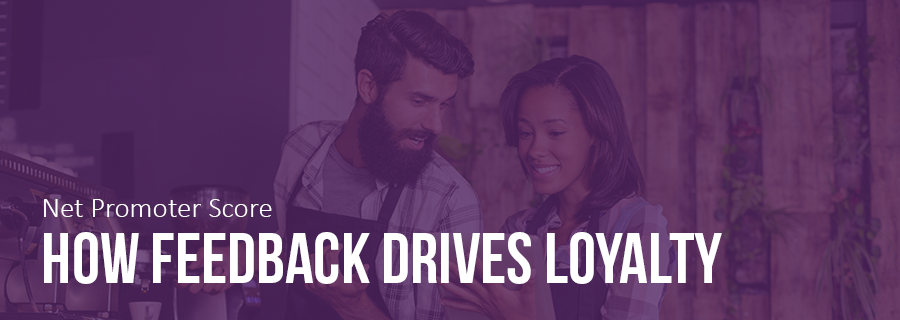Customer Satisfaction (CSAT) is a critical metric for businesses looking to enhance customer experience, drive loyalty, and maintain a competitive edge. Understanding how satisfied your customers are allows you to make data-driven improvements that can boost retention and revenue. But how do you measure CSAT effectively, set realistic benchmarks, and improve over time? Let’s explore these key areas.
How to Measure CSAT
CSAT is typically measured by asking customers a straightforward question, such as:
“How satisfied were you with your experience?”
Customers are then asked to rate their satisfaction on a scale, often from 1 to 5 or 1 to 10, with higher numbers indicating greater satisfaction. The CSAT score is calculated as follows:
CSAT Score (%) = (Number of satisfied customers (9s and 10s) / Total responses) x 100
For example, if 80 out of 100 customers rate their experience as 9 or 10, your CSAT score would be 80%.
Best Practices for Collecting CSAT Feedback
- Use multiple channels: Send surveys via email, SMS, website pop-ups, or at the point of sale.
- Ask at the right time: Request feedback immediately after an interaction or purchase to get the most accurate response.
- Keep it simple: A short and easy-to-understand question ensures higher response rates.
- Make it anonymous: Customers are more likely to provide honest feedback if they feel their responses are confidential.
Setting Benchmarks for CSAT
Once you have your CSAT score, how do you determine whether it’s good or needs improvement? Here are some ways to set benchmarks:
1. Historical Data: Compare your current CSAT scores with past performance. If your score is improving over time, it’s a sign that your efforts to enhance customer experience are working.
2. Competitor Analysis: If possible, analyse the CSAT scores of your competitors. This can help you determine if you are leading in customer satisfaction or falling behind.
3. Customer Expectations: Benchmarking against customer expectations is crucial. A CSAT score of 80% may seem high, but if your customers expect a near-perfect experience, you might still need to improve.
How to Improve CSAT Over Time
Measuring CSAT is just the first step. The real value comes from using the data to enhance customer experience. Here’s how:
1. Analyse Feedback for Patterns
Look for common themes in customer responses. Are there recurring complaints about customer service? Is a specific product causing dissatisfaction? Identifying trends can help you address key pain points.
2. Act on Negative Feedback
Responding to customer concerns promptly shows that you value their input. Resolve issues efficiently and implement changes to prevent similar problems in the future.
3. Enhance Employee Training
Customer satisfaction is directly linked to employee performance. Invest in training to ensure staff can handle customer queries effectively and deliver exceptional service.
4. Personalise Customer Interactions
Customers appreciate personalised experiences. Use data to tailor recommendations, remember preferences, and offer relevant solutions.
5. Monitor CSAT Regularly
Continuous tracking ensures you are aware of shifts in customer satisfaction. Regular surveys and real-time feedback collection help maintain high service standards.
6. Celebrate and Learn from Positive Feedback
It’s not just about fixing issues—recognising what’s working well is just as important. Share positive feedback with your team to reinforce good practices.
Improve Your CSAT with TellUsFirst
At TellUsFirst, we specialise in providing real-time, actionable feedback solutions that help businesses measure and improve customer satisfaction. Our easy-to-use platform enables businesses to gather, analyse, and act on customer insights seamlessly.
With TellUsFirst, you can:
- Collect feedback across multiple touchpoints
- Identify trends and areas for improvement
- Engage customers with real-time responses
- Boost overall satisfaction and loyalty
Ready to take your CSAT scores to the next level? Contact TellUsFirst today to learn how our innovative feedback solutions can enhance your customer experience and drive long-term success.





